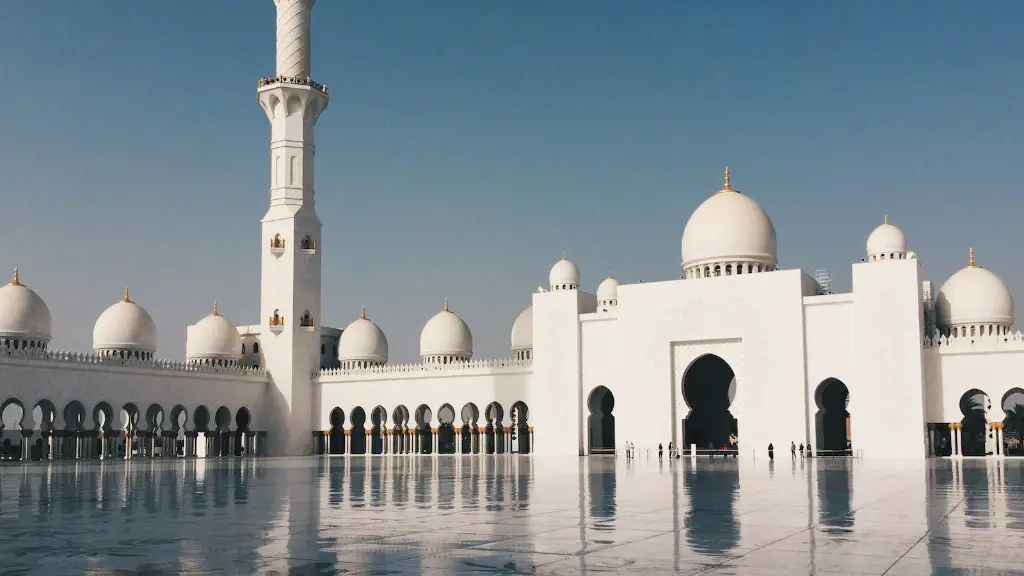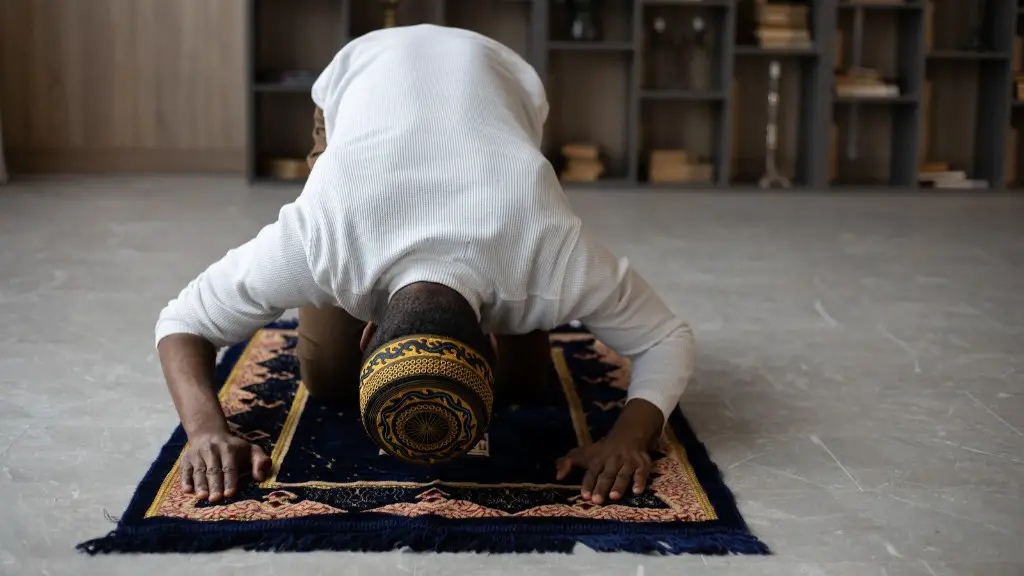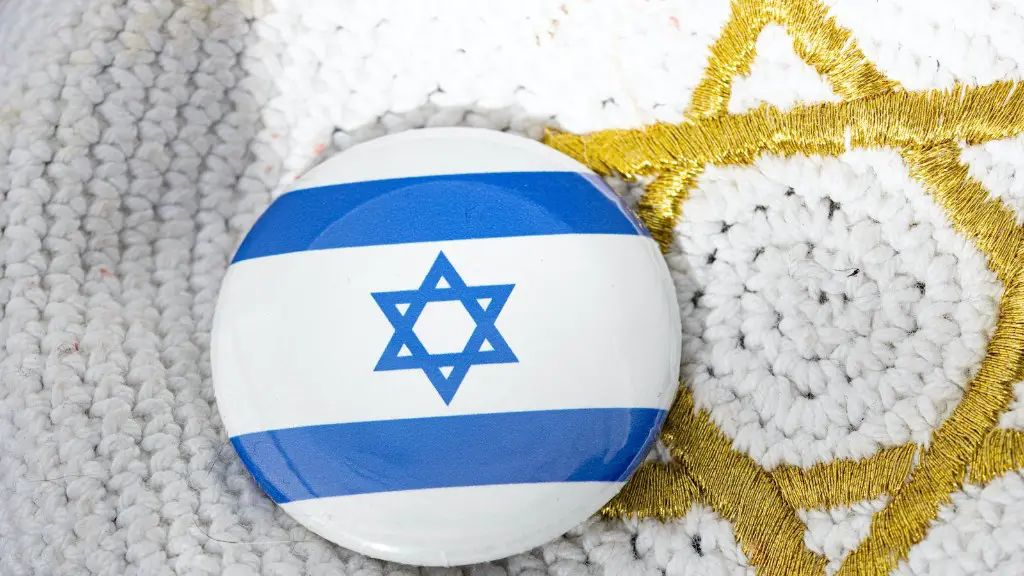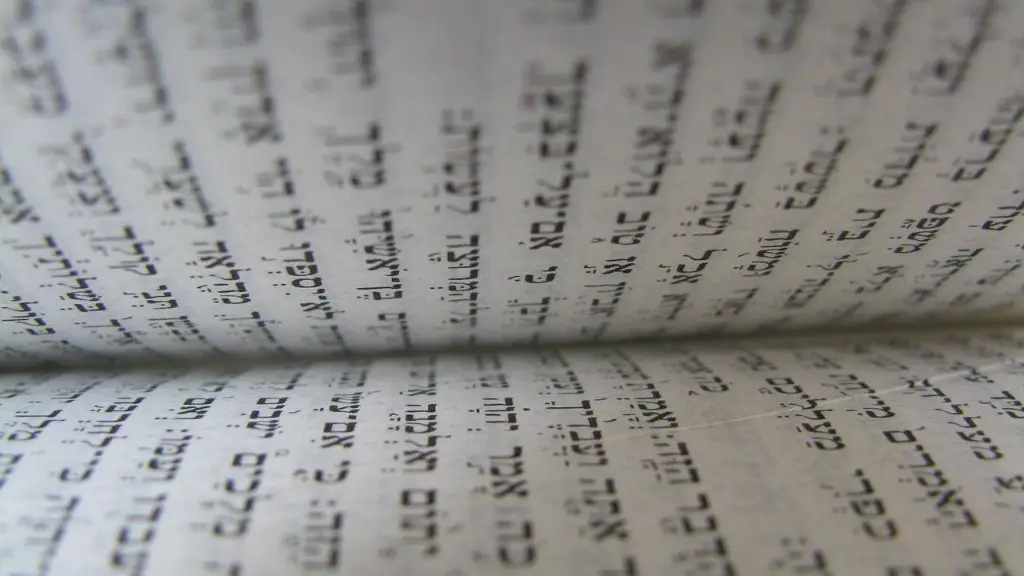From its earliest days, Islam has greatly influenced the development of art. Muslim artists have used their work to promote the Islamic faith and its values, while also spreading the religion to new parts of the world. While Islamic art has been created in many different parts of the world, it has always been based on the same principles of respect for Allah and His prophets, and a focus on promoting the Islamic faith.
Islam had a significant impact on the development of art. One of the most important aspects of Islamic art is the use of calligraphy. Calligraphy is the art of beautiful handwriting. It was used in the decoration of buildings and books. Islamic artists also developed a type of miniature painting. This type of painting is very small and often includes intricate details. Islamic art has beeninfluenced by the cultures of the Middle East, Africa, and Asia.
How does Islam influence art?
There are a few key differences between Islamic and Christian religious art. Perhaps the most significant is that Islamic art is non-figural, meaning that it does not depict human forms. This is because many Muslims believe that doing so is a form of idolatry, which is a sin against God. As such, Islamic art often features intricate calligraphy and patterns, as well as elements from architecture that hold religious significance.
Islamic art is characterized by its use of all-over decoration and vegetal and geometric patterns. These patterns are often used to create a sense of balance and harmony in the artworks. Calligraphy is also a common element in Islamic art, as it is considered to be a highly valuable form of expression in Islam. Islamic art often features a wide variety of colors and materials, which can create a sense of richness and opulence.
What art was influenced by Islamic art
Mudéjar art is a style of art that was influenced by Islamic art. It developed from the 12th century until the 16th century in the Iberian Peninsula’s Christian kingdoms. This style of art is the result of the convivencia between the Muslim, Christian, and Jewish populations in medieval Spain.
Islamic religious art is typically characterized by the absence of figures and extensive use of calligraphic, geometric and abstract floral patterns. This is due to the Islamic belief that the depiction of figures is prohibited. Instead, artists focus on creating intricate patterns that are often inspired by nature. These patterns can be found in a variety of Islamic art forms, including architecture, painting, calligraphy and ceramics.
How did Muslims contribute to art and literature?
Muslims have a long tradition of classical Persian poetry, which has been passed down for thousands of years. This poetry includes short quatrains and long epics. With the spread of Islam to other regions, there has been a corresponding growth in literature in other languages, ranging from Swahili to Malay.
Early Islamic architecture was greatly influenced by the architecture of the lands that the Muslims conquered in the 7th and 8th centuries. This includes the Roman, Byzantine, and Persian empires. Further east, as Islam spread to Southeast Asia, it was also influenced by Chinese and Indian architecture.
What achievements did Muslims make in art?
Islamic art is characterized by its use of geometric shapes and patterns, calligraphy, and its focus on the ornamental rather than the figurative. The Dome of the Rock and the Taj Mahal are two of the most famous examples of Islamic architectural design, while a Mina’i ware bowl and a silk carpet are examples of Islamic decorative arts. The Qur’an is the central text of Islam and is considered to be a work of art in its own right.
Calligraphy is a very important art form in the Islamic World. It is used to write the Qur’an, which represents Allah’s (or God’s) divine word. Muhammad received Quranic verses directly from Allah during his visions. Calligraphy is also used to write other Islamic texts, such as Hadiths. Calligraphic verses from the Qur’an can be found on many different forms of art and architecture.
What is the greatest impact of Islamic art in our culture
Cultural imperialism is the domination of one culture over another. It can take the form of a physical or economic domination, or it can be a more subtle form of cultural domination that leads to the assimilation of thedominated culture into the dominating one.
Cultural imperialism can have a positive or negative impact on the social and cultural development of a society. On the one hand, cultural imperialism can spread the concept of uniqueness, originality, and identity, which are basic prerequisites for any culture. On the other hand, cultural imperialism can lead to the destruction of local cultures and the loss of traditional knowledge and values.
The art of the Islamic world, including architecture, calligraphy, and decoration, reflects the cultural values and worldview of Islam. For Muslims, Allah is the center of everything, and all worship and aspirations are directed towards Him. The art of the Islamic world is a reflection of this view of reality, and reveals the way Muslims see the spiritual realm and the universe.
How did Islam influence European art?
Islamic art and architecture had a big influence on Venetian painting. Artists who traveled to Islamic lands were fascinated by the people, garments, and architecture they saw there and sketched them in meticulous detail. Many brought their drawings back to Europe, where they circulated widely in artistic circles. This exposure to new and exotic styles had a big impact on the development of Venetian painting.
The influence of Islamic art can be seen in many Western artists’ copies of intricate designs and beautiful colors found on Islamic pottery and tiles. The popularity of these tiles in the 1850s in Europe and North America was likely due to the appeal of the exotic and colorful designs.
What is characteristic of Islam art
Islamic art is often characterized by its use of floral motifs, geometric designs and calligraphy. These elements are often drawn from principles set forth in the Qu’ran, and as such, they often overlap across various art forms and genres. Islamic art is often incredibly complex and detailed, and it often utilizes a wide range of colors and materials. Islamic art is also sometimes characterized by its use of geometric patterns to create a sense of balance and harmony.
Floral patterns and calligraphy are two important elements in Islamic decorative art. Islamic artists use flowers and trees as decorative motifs to embellish cloth, objects, personal items, and buildings. Their designs are inspired by international as well as local techniques.
How did Islamic artists inspire artists of the Renaissance?
The Italians were very influenced by Islamic decoration, but they also incorporated their own Renaissance style into their work. This can be seen in the landscapes and classically inspired motifs that they painted.
Islam spread through military conquest, trade, pilgrimage, and missionaries. Arab Muslim forces conquered vast territories and built imperial structures over time. Through these conquests, trade, and pilgrimage, Islam was able to gain a foothold in many different parts of the world. Muslim missionaries also played a role in spreading the religion to new areas.
Warp Up
Islam had a significant influence on the art of the region, causing a distinctive form of art to develop that was characterized by its use of calligraphy, geometric patterns, and decoration with arabesque designs.
Islam had a profound influence on the development of art. The religion emphasized the importance of art and its role in the worship of God. Islamic artists used religious and cultural influences to create distinctive and influential art forms. The spread of Islam also helped to disseminate these art forms to other parts of the world, where they had a significant impact on the development of art.




